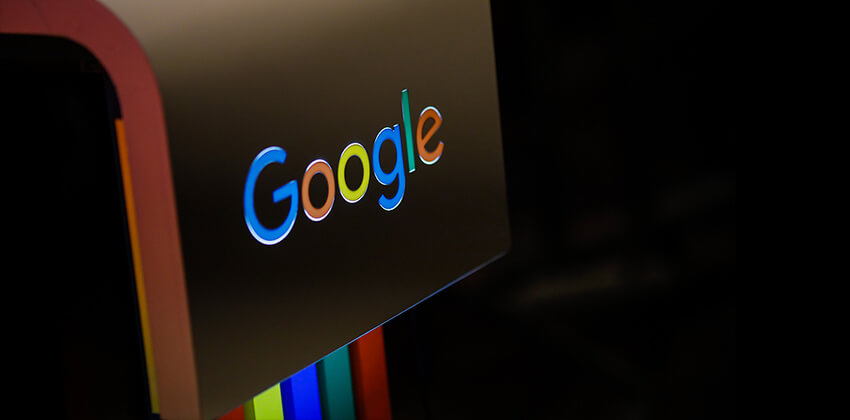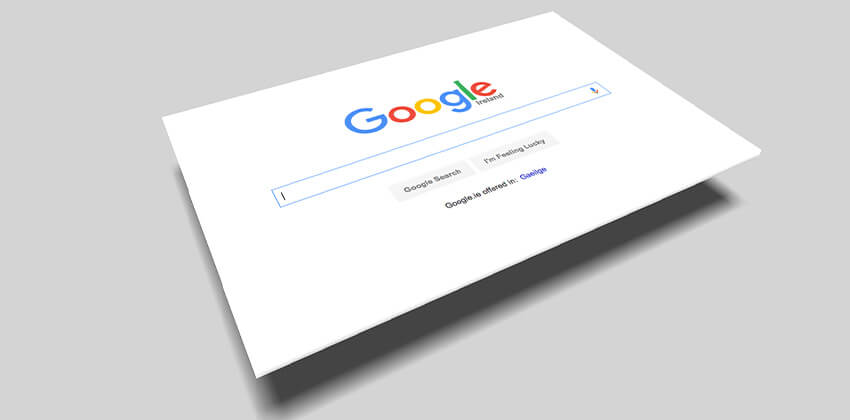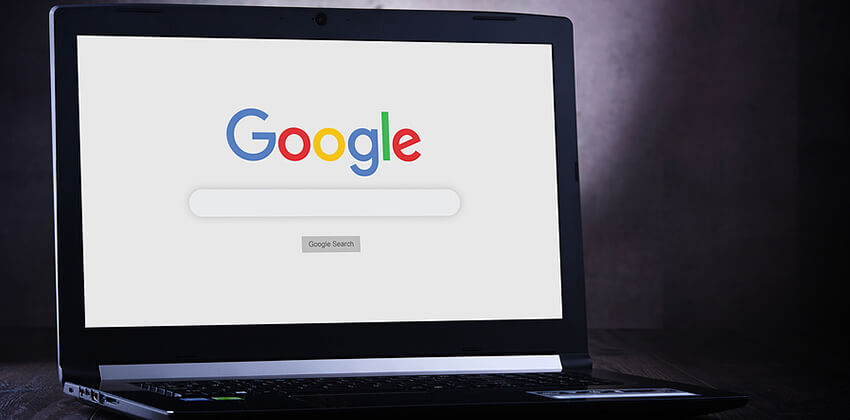
I’ve been using email since 1981 (yikes!), which means I’ve probably created or received every e-mail mistake possible. In this article, I’ll share what I’ve learned, sometimes painfully, about email etiquette.
As the old saying goes, “You don’t get a second chance to make a first impression.”
What is Email Etiquette?
Email is often that first impression, so make it a demonstration of how smart and professional you are. When you are in a job search, focus on these five “best practices.”
5 Basic Rules of Email Etiquette
Describing one set of “rules” for all email is a Herculean, if not impossible, task. However, there are some fundamental rules which should be observed, but frequently aren’t:
1. Make the subject short, interesting, and relevant to the recipient.
Unless someone is expecting a message from you, a good, interesting subject line is critical to having the message opened and, hopefully, read.
Focus the message’s subject on something of interest or benefit to the reader.
Bad: Hi!
Good: Mary Smith suggested I contact you << Use this only if Mary Smith did make that suggestion!Bad: My resume
Good: Help Desk Representative w/ 3 years Apple experienceBad: Your job posting
Good: Job # 123456 Financial Analyst in downtown Omaha, NE
Leaving the subject blank can be a fatal error, causing spam filters to spring into action, dumping the message into a junk mail folder or deleting it. In addition, spam filters will often kill messages with topics like “Important!” or “Hi, it’s me!” because those topics are used so often by spammers.
2. Focus on one “action item” per message.
If you want the message recipient to do something as the result of reading the message (answering a question, reading your resume, doing a specific task, etc.), focus the message on that one thing.
A message that requests the recipient to do more than one thing often fails. Usually the recipient focuses on the first request, hopefully the primary action you want. Then, the remaining actions are often ignored. Don’t assume bad intent, although that may be true in some cases; better to assume short attention span.
If you want someone to do several things, I’ve found it most effective to put each request into a separate email with a subject specific to that action. Then, each will typically be acted upon separately and can also be followed up separately.
3. Don’t send an email message about something you wouldn’t put in a voicemail or say to someone face-to-face.
For me, the prime example of this was receiving — in the office — a message telling me that a good friend had just died. I happened to be reading my email when a phone call came in, and that message was the one I opened just as I answered the phone. Blew me completely out of the water! I had to quickly and semi-gracefully terminate the business call while fighting tears.
The person who sent that message would never have been so insensitive to leave that bad news in a voicemail, but email seemed an efficient and less emotional way to convey the news to the many people who cared.
If a message is inappropriate to leave in a voicemail, don’t send it in an email. It will leave a permanent record, and it may not be “heard” as intended when someone is reading your words on a computer screen. Were you smiling or snarling when you wrote “Thanks a lot!”?
4. Watch your language.
Don’t hit that “SEND” button when you are angry or upset. I think that for many of us, typing words into an email message makes it easier for us to say things we wouldn’t say in a face-to-face conversation. So, avoid using foul language in an email – curse words and crude suggestions may make a permanent bad impression, and don’t insult anyone.
A good reason not to use bad or insulting language in an email is that it creates a permanent record of your questionable behavior that can be used in performance reviews and lawsuits. It can also be forwarded on many, many times, greatly increasing the damage.
And be careful using “cute” texting acronyms like OMG and WTF – not everyone thinks they are humorous or harmless.
5. CC (and BCC) Email Etiquette
Email is great for keeping many people informed about a topic. In a job search, you can keep in touch with HR, the recruiter, the hiring manager, the person who referred you to the job, and hundreds of other people at the same time.
The real question is who should – and who should NOT – be included in the distribution. If the people all know each other or, at least, know that the others are involved in the hiring process for this job, you should be fine including them in the CC distribution. Think about how each person will react to being openly included, and also think how the others will view the name you are adding.
I don’t recommend use of BCC in a job search. I think it’s too easy to look sneaky or ill-informed. The most appropriate time to use BCC is when you are sending the same message to people who don’t know each other and shouldn’t have their names and email addresses exposed. But, I can’t think of a situation in a job search where you would want to do that.
Sending the same message to people who don’t know each other feels more like spam than job hunting.
The Bottom Line on Email Etiquette
Keep in mind that what you put in an email can become a permanent record. So, think twice before you send a “nasty gram” to someone. It can be forwarded to countless people, even posted in social media, so it may do much damage and haunt you for a very long time.
On the other hand, do use email to document a situation, like an appointment for a job interview or agreement about some other aspect of your job search, like the names of your references or the start date of your new job.
If a recruiter calls you to schedule an interview, expect a follow up email with the agreed upon date, time, and location. If you haven’t received than message with 24 hours, follow up with your own message to the recruter, specifying your understanding of the date, time, and location. Include a request for the names and job titles of the people who will be interviewing you, if you don’t already have that information.
More About Using Email for Job Search
- Email Mistakes that Can Damage Your Job Search
- 4 Killer Tactics to Get Your Email and Resume Read
- Smart Email: How to Use Email Like a C-Suite Executive
- Bad Assumptions About Email
- Sample Job Interview Thank You Email
- Sample Email Requesting a Reference
 About the author…
About the author…
Online job search expert Susan P. Joyce has been observing the online job search world and teaching online job search skills since 1995. A veteran of the United States Marine Corps and a recent Visiting Scholar at the MIT Sloan School of Management, Susan is a two-time layoff “graduate” who has worked in human resources at Harvard University and in a compensation consulting firm. Since 1998, Susan has been editor and publisher of Job-Hunt.org. Follow Susan on Twitter at @jobhuntorg and on Facebook, LinkedIn.
More about this author…
Don't forget to share this article with friends!




